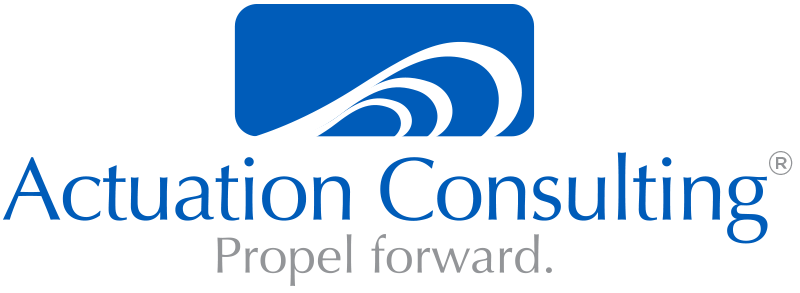How Do Usability Evaluation Methods Help The Development Process?
Usability testing allows you to determine whether what’s been developed can be effectively used by customers. The test should result in demonstrating the product’s ease of use. Testers should also find the use of the product intuitive. If the product is shown to be less than intuitive and easy to use, it is not ready for the market.
Large companies regularly employ usability evaluations with multiple labs and testing teams. Small companies are often less rigorous in their testing. But, whether a company is large or small, usability testing is key to consistently delivering viable market solutions. If the testing is handled correctly, the company should be able to launch products that not only get, but also keep market share. By consistently evaluating and improving products, your organization can hold on to market share. If the original developer of a product fails to steadily improve it, competitors will jump in, make improvements, and steal market share.
How to Begin a Usability Test
Everything starts with identifying the product’s target audience. You likely have multiple audiences for your product. Its important to evaluate each separately to determine if the product meets the usability requirements of all groups. You need to give those chosen to represent each user group tasks that relate to their specific application. Tasks should represent the most commonly encountered user goals.
To acquire the most useful information from testing, tasks should be well defined and include clear success criteria. You need to decide ahead of time where to begin the task and how to measure task completion.
Four measures for tasks:
- Task completion
- Time it takes to complete
- Ease of learning
- Tester’s satisfaction with outcome
The team member conducting the test should ask each tester to complete a set task, being sure to word the request in the exact same way each time. For example, if evaluating a website’s usability, you might ask: What shipping methods are offered? or How do you connect with tech support?
In some cases, the team member conducting the test may ask the tester to verbally share his or her thought process while completing the task.
Three Ways to Conduct a Usability Test
There are three ways to conduct usability tests, based on where they are conducted. These are:
1 – Usability Lab – This can be an in-house company lab or a lab in an outside facility. Either way, the location is made to appear as much like the target user’s environment as possible. For example, an office setting to test business software, a den to test a TV remote, or a bedroom to test an alarm clock.
2 – Onsite Usability – In this case, the usability testing is done onsite in the actual place where the product will be used. This allows the evaluators to clearly see how the lighting, noise levels, and other factors impact the satisfactory use of the product. It can be nearly impossible to fully control the testing environment in this setting. Another downside can be the cost of travel, scheduling, and interruption to service the testers are able to provide their customers.
3 – Remote Usability – This method is the least costly and most convenient. It is easier to run a test remotely through a web meeting than to man a lab or take on an onsite study. The team member running the testing will turn controls over to the testers and ask them to complete tasks all the while recording interactions. Testers like this method because they can participate in their home or office.
No matter which of these methods is used, at the end of the testing, the usability engineer will compile the data. This is then used to determine the issues that need to be resolved and what are the priorities.
Advancing the Profession of Product Management™
website I consulting I training I toolkits I books I blog I twitter

